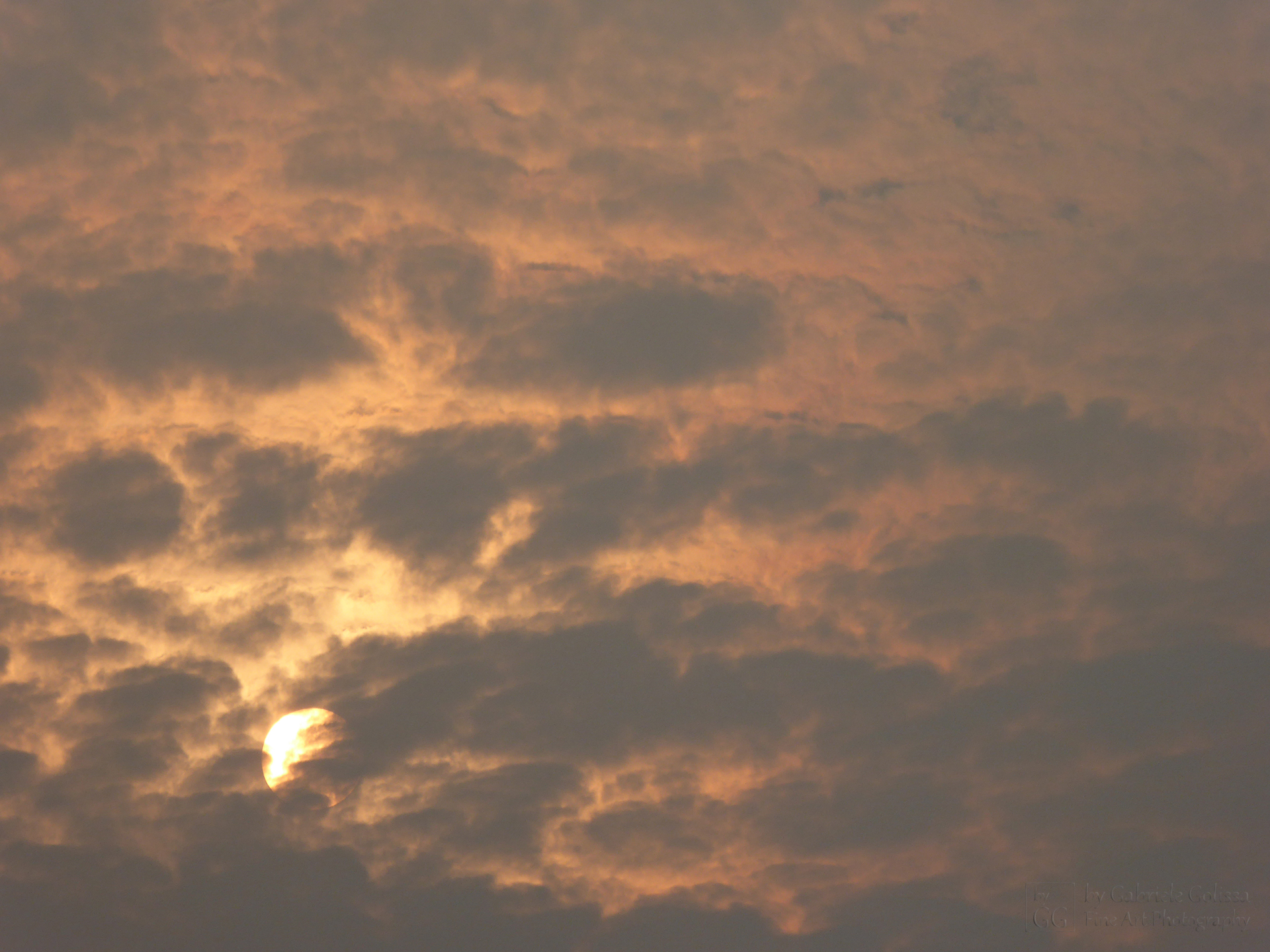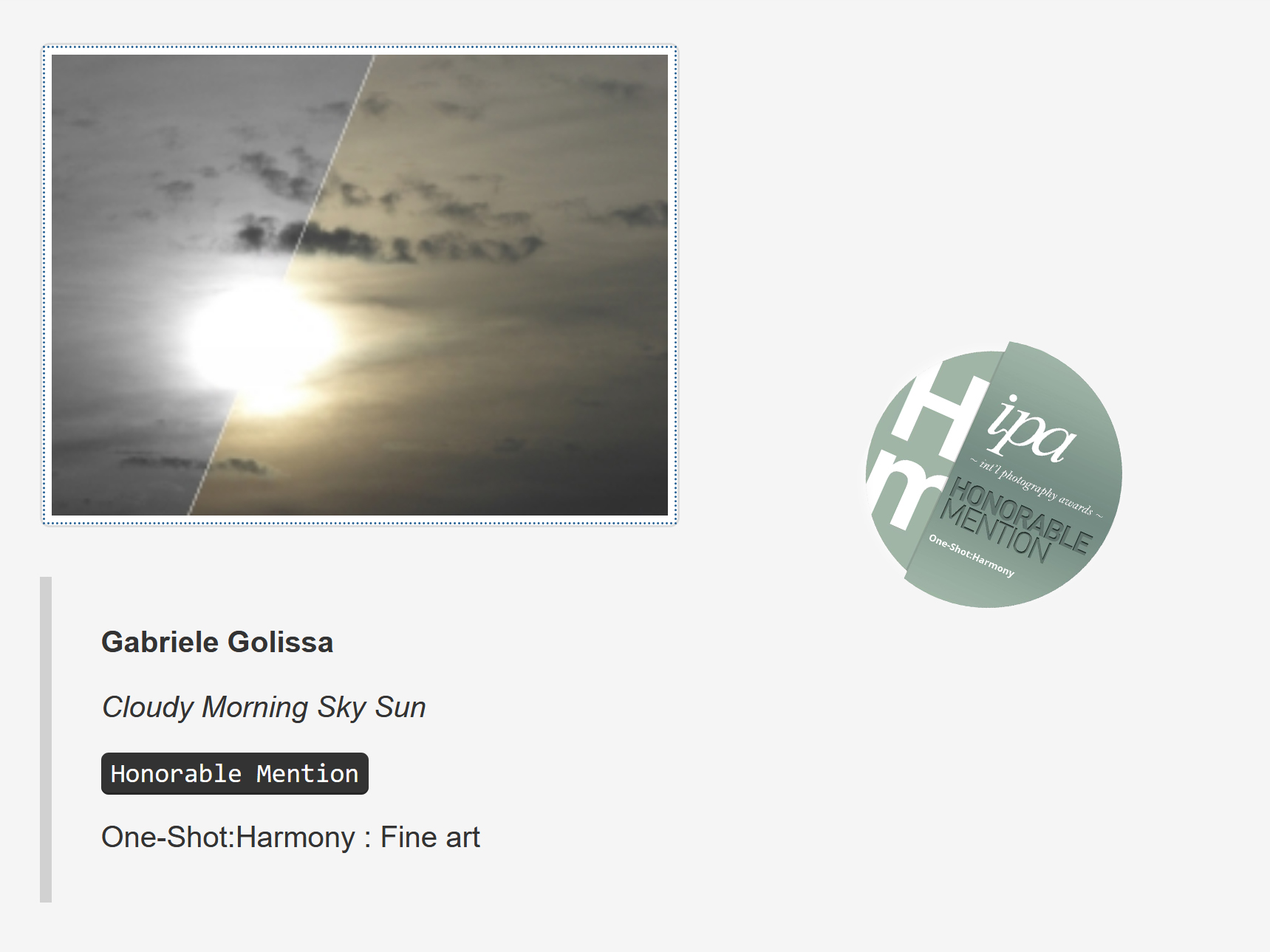
When I started out photographing skies, I tried to capture the atmosphere of a certain sky-moment, the feeling I had when looking at the sky right there and then. I was fascinated by clouds and the structures they formed. Back then, I avoided having any luminaries in my pictures. I felt that any bright objects would dominate the photographs and distract from what I wanted to show.
But lately I experimented with incorporating the Sun and the Moon into my photographs. And I also became curious about these orbs. Why does the Sun rise and set farther north in the northern hemisphere in summer? What are the darker and the brighter areas on the Moon’s surface? What happens during solar and lunar eclipses? And then these fascinating light displays, the aurora polaris or polar lights. What are they and what does the Sun have to do with them? So I did some research on Sun and Moon and some of the small and big solar and lunar events.
Slowly but steadily my new book Sun and Moon / Sonne und Mond emerged. It will be published in early December. I learned a lot along the way, about photography, astronomy, software, the publishing industry. While the road has been bumpy sometimes, I enjoyed working on this project a lot. I will share more in the next few weeks, so stay tuned!




